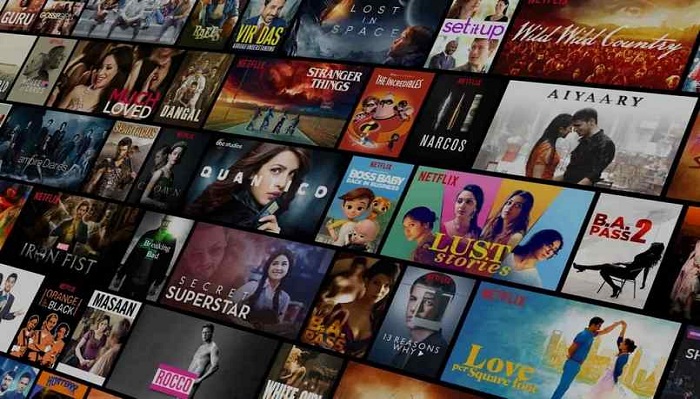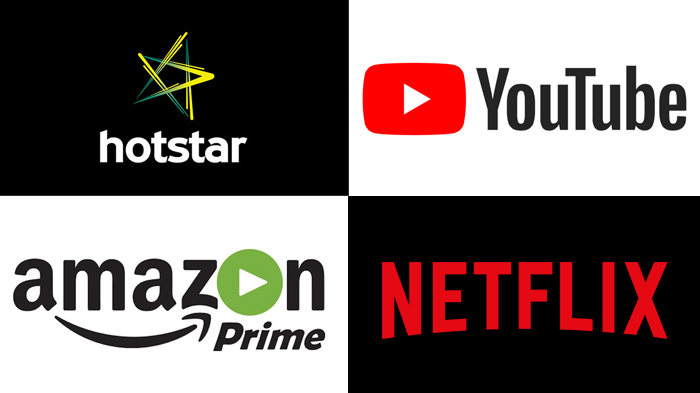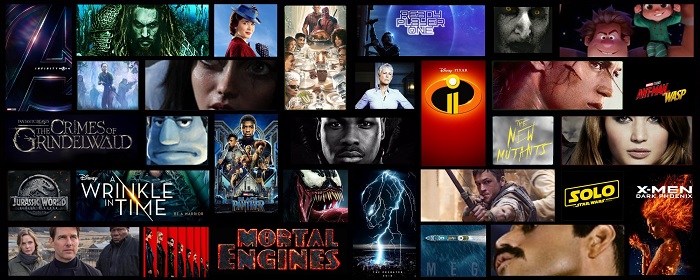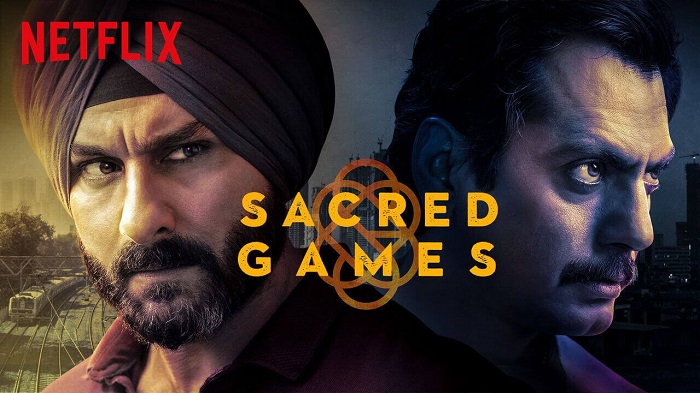Over the top content players have steadily carved their way into the media and entertainment space with a growth of 50 per cent in digital subscription in the year 2018. By 2020, the consumers of the OTT space are expected to rise up to four million according to FICCI report.
Reason? For one, it’s the availability of advertisement-free and niche content any time at any place. And falling data charges only make it more viable as the consumer base increasingly moves to phones for video consumption.
One ponders the question as to whether or not that has any positive implications for the VFX enthusiasts who can’t wait to see a ‘Hollywood-style‘ VFX-laden breakthrough in Indian movies..
NY VFXWAALA VFX supervisor Prasad Suthar at the VES event chuckled at the beaten to the hilt question most VFX supervisors are apparently tired of hearing from producers, “Ye Hollywood jaisa dikhega kya?” (Will it be Hollywood-like?)
Explaining the reason why many fail to deliver the desired-results, FluidMask Studio founder and VFX expert Viral Thakkar had shared, “There is a lot of time that goes into research and development and VFX supervisors are there with the project right from the start but things work differently in India. There are different departments dedicated to different aspects of film-making and VFX department is relegated at the end in what they call a post-production department which does not give the VFX an adequate amount of time to work on the scenes as things become rushed by then”
In many Netflix originals like Lost in Space, Stranger things and Mowgli from abroad, we have witnessed top-end VFX work that made the imagery as photorealistic as it gets.

Case in point: Lost in Space. Upon being asked about the challenges faced by VFX studios, Imagine Engine’s visual effects executive producer and general manager Shawn Walsh informed, “Some people would be surprised to know that delivering season one of Lost in Space for Legendary Television and Netflix was technically one of the most demanding projects ever at Image Engine due to the necessities inherent in the true 4K delivery specification. Aspects of the work that Image Engine completed are emblematic of the challenges that streaming content represents. For example, many artist tasks related to the details defining the surfaces of computer-generated elements become dramatically more complex when taken to their fullest extent for high-end television visual effects. The data management of the increased resolution for texture artists, digital matte painters and look developers becomes an essential aspect of executing the work efficiently.

As well, aspects of simulation become vastly more complicated due to the sophistication of detailed movement required by the clarity 4K provides”
As we understand, such sophistication and complexity presuppose a great deal of financial backing to allow these experiments. OTT platforms like Netflix understand that very well. And they have no plans for economising on any production budgets.

It has been explored time and again as to why, despite all the requisite talent, expertise and software, we haven’t seen that many VFX-heavy movies that blow our minds in quite the way some of the western projects do.
Most of the time, the discussion would boil down to the budgetary issues. As it were, the issues do have legitimate basis insofar as the dissemination of the content. Since the VFX-heavy Marvel or DC movies or OTT originals for that matter are distributed all around the world, the revenue structures and returns are indeed rewarding enough to merit adequate investments.
As Indian movies are largely limited to the Indian demographic, it is determinant of budget which is six times less than that of the Hollywood movies if we are being practical.
OTT as a game-changer
All is not lost as the profusion of OTT platforms may open the stairway to VFX-rich storytelling. Netflix’s omnipresence renders itself to an interestingly viable revenue model. Tracking from the previous year, we have actually seen a tremendous rise in the number of OTT platforms.
2018 saw the Indian OTT landscape dotted with more than 30 OTT platforms – giant foreign-owned and global, broadcaster-led and independent ones. According to Fortune, Goldman Sachs projects that Netflix could be spending $22.5 billion per year on content by 2022.
Framestore CG Supervisor Alan Woods who had spoken to Animation Xpress recently remarked, “Yes, OTT Platforms, especially Netflix has been very accommodative (financially) of the demands of VFX which is why we see such rich, photorealistic and seamless imagery on Netflix”

Philm CGI, (a studio which has worked with Netflix on Sacred Games) marketing representative Samridhi Bhati shared at the recent enTTech event that the post-production budgets play a pivotal role in the quality of VFX shots. OTT platforms in India, even though they are a part of the global umbrella, still operate separately in terms of budget allocations of VFX so there are instances of negotiations and limitations but overall yes it sure has paved a way.
However, it seems the times are changing for the better as the relentless profusion of OTT platforms has seen an aggressive competition with players vying for the top three favourite spots in an effort to tap on as many consumers as possible.
India has been the growth leader amongst major economies including Emerging Markets and Developing Economies (EMDEs) over the last five years.
“In the OTT/ digital space the number of players will shrink and I predict the maximum number of players that will remain in this space will not be more than 10 in the next three to five years. Advertising money is going to get even more fragmented and with increasing players it’s going to get worse,” media veteran Raj Nayak said at the FICCI Frames event.
The competition to maintain the traffic has never been more fierce as they push for original content and more focus on regional space. India has been the growth leader amongst major economies including Emerging Markets and Developing Economies (EMDEs) over the last five years.
While Pay-TV penetration alone in India has more than doubled from 32 per cent in 2001 to 66 per cent in 2018, paid video subscribers grew from around seven million in 2017 to around 12-15 million in 2018 according to FICCI FRAMES report
Driven by the wherewithal, rising affluence and an increase in penetration of data into rural markets clubbed with the competition to dish out mindblowing imagery in a bid to grab maximum eyeballs, it would be safe to conclude that India is witnessing a paradigm-shift in the way the stories are told. As India cruises towards a burgeoning increase in the share of digital in media consumption, the yearning for the Indian VFX-marvel is set to see its fulfilment soon.

